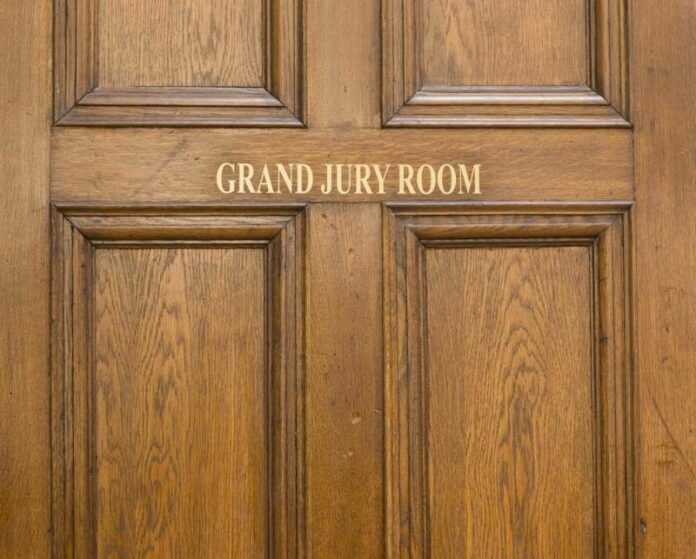Unsheltered youth population plagued by drug use, mental health disorders and sex trafficking issues
A grand jury report now being readied for full public distribution finds increasing numbers of youth among the county’s total homeless population. The percentage of homeless youth increased by 28% over a previous year’s count and is three and half times higher than national averages. The annual Sonoma County “point-in-time” homeless count in January 2019 tallied 2,951 homeless individuals of which 657 were under the age of 25, with some unaccompanied by adults. (The 2020 homeless count has not been finalized.)
In a breakdown of the totals, the grand jury listed 117 homeless youth under the age of 17. Two-thirds of the youth were males; half reported using drugs or alcohol abuse; one third had spent the night in jail in the last year; 28% identified as LGBTQ+; one-fourth were suffering mental health issues, and 23% reported trading sex for money or for temporary lodging.
Sonoma County Civil Grand Jury said the county is “fortunate to have some exemplary programs for homeless youth” but found the scale of the problem overwhelming for existing services.
Last year, the county was awarded $12 million in state Homeless Emergency Aid Program (HEAP) funds, increasing the Community Development Commission’s homeless program budget to $14.1 million. Of that total, only $2.2 million was allocated to youth-specific programs.
The grand jury awarded a “dubious distinction” to the county for being the county with the highest per capita youth homeless population in the nation, based on their review of a U.S. Department of Housing and Urban Development (HUD) report.
In a series of specific findings the grand jury found a “critical shortage” of emergency shelter beds, especially in parts of the county away from Santa Rosa. There is a shortage of substance abuse, mental health services and residential rehab facilities dedicated to youth, the report found. There is a lack of prevention programs to help young people not become homeless in the first place and the panel pointed out a pattern of inconsistent funding for most homeless programs.
The grand jury challenged the county Board of Supervisors to commit to reducing the number of homeless young people to functional zero within three years. This is just one of a list 14 specific program and policy recommendations. (See sidebar.)
Under state civil grand jury laws, any government entity cited in a grand jury report must provide a public written response. The youth homeless report will not be officially delivered to the public through the county’s Superior Court until August. Due to the COVID-19 pandemic and disruption to some government and court functions, the 2019-2020 grand jury panel is being held over 60 extra days by presiding Judge Bradford DeMeo, of the county’s Superior Court. Normally the term would end June 30.
The county’s Community Development Commission and Department of Health Services coordinate homeless services. The county also contracts with several nonprofit organizations including Social Advocates for Youth (SAY), VOICES, Positive Images, TLC Child & Family Services, Catholic Charities and others.
Not all county shelter options are available or suitable for youth, and the report found that older youth do not congregate with the adult homeless population. A 2019 homeless shelter survey by the county listed only 42 of 772 Permanent Supportive Housing (PSH) beds available to youth. Unaccompanied minor youth are not placed in emergency shelters or housing and instead are placed in foster programs or attempts are made to reunite them with parents or family.
The county has no Medi-Cal-covered, in-patient mental health services for youth under age 18. Cases requiring hospitalization are sent out of the county, the report found.
“Many homeless young people with mental health issues remain underserved or unserved,” the report states.
LGBTQ+ homeless youth face many special challenges, the jury also reported.
“They are often homeless because their family has rejected them due to their sexual identity” and are also subject to hate crimes.
Sex trafficking is prevalent among the county youth homeless population and often involves drug use and substance abuse. The report mentions that sex trafficking is not only a problem among homeless youth but others as well.
Read the full report here. http://sonoma.courts.ca.gov/sites/all/assets/pdfs/general-info/grand-jury/2010-2020/HomelessYouthReportFinal(05-29-20).pdf
68.1
F
Healdsburg
April 20, 2025








